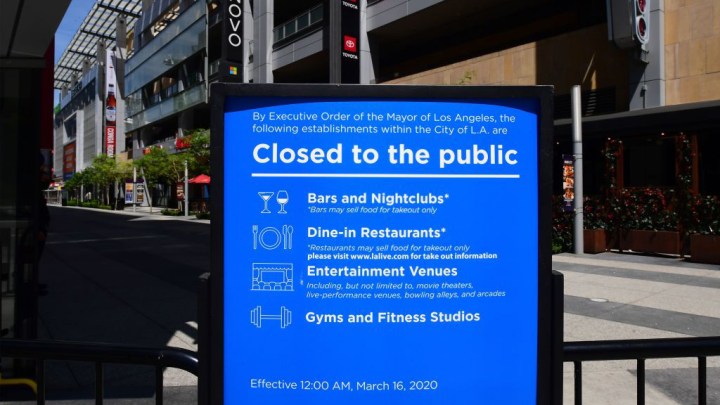
Is it safe to visit gyms, cafes, and stores? Here’s what the data says.
Is it safe to visit gyms, cafes, and stores? Here’s what the data says.

On Wednesday, Connecticut became the last state to begin lifting restrictions initially put in place to slow the spread of the coronavirus. The state’s phase one reopening includes outdoor dining, retail and even zoos — with restrictions.
But if we think about budgeting our social contact during this time, how do you get the biggest bang for your buck? Researchers at MIT have created a framework to assess the “cumulative risk” of opening different types of businesses and public spaces according to their economic benefit and their likelihood of facilitating the virus’s spread.
“Every time we have an interaction with another human, especially in a dense space, that’s a chance for the virus to spread. So we really need to ration our social contact,” said Seth Benzell, a postdoctoral associate at the MIT Initiative on the Digital Economy and an author of the paper.
“Marketplace Morning Report” host David Brancaccio spoke to Benzell about the implications of the research on the country’s reopening plans. The following is an edited transcript of their conversation.
David Brancaccio: What are some of the dimensions in this framework you’ve developed for rationing social contact?
Seth Benzell: The way we conceptualize the decision to leave one type of location open and close down another type of location is as a trade-off between the economic and social benefits of a location being open and its cumulative contribution to transmission risk.
So, on the plus side of a location, we have things like the revenue, its payroll and its number of employees. Then, on the transmission risk side, we use large-scale mobility data through people’s cellphones to evaluate how many visits a location has and how crowded that location is for how long — as well as how far people had to travel to get to those locations.
But I just want to emphasize that it’s a cumulative risk. We’re not trying to measure the risk per visit, for example, going to a bank, but rather the cumulative transmission risk from all of the visits to all of the banks.
Brancaccio: So who wins? It’s big-box stores for starters, right?
Benzell: Oh, definitely. Some of the locations that come out really good in our measure are really intuitive ones that many states have identified already as being essential services. It’s things like grocery stores, general merchandise stores (you should read “Walmart” there), banks.
Brancaccio: In this framework, who opens a bit later?
Benzell: Yeah, so the locations that are worst in our metric are gyms, cafes, juice bars and dessert parlors; sporting goods stores and liquor and tobacco stores. Liquor and tobacco stores, I do think, is a little bit of a surprising one to see on this list because so many states have listed liquor and tobacco stores as essential businesses. And, according to our metric, they come out very poorly, not a huge economic contribution, mediocre consumer value.
Brancaccio: There are some people who are feeling very thirsty right now saying, “Oh come on, [liquor and tobacco stores are] a major contribution to lifestyle,” but OK, I’m hearing you.
Benzell: And what I want to say next is, I don’t want to be a killjoy here. But these are strange and troubling times, and every time we have an interaction with another human, especially in a dense space, that’s a chance for the virus to spread. So we really need to ration our social contact, and think really seriously about, “If I can only interact with people so many times today, do I really want to spend so much of my social contact budget on a trip to a liquor store?”
There’s a lot happening in the world. Through it all, Marketplace is here for you.
You rely on Marketplace to break down the world’s events and tell you how it affects you in a fact-based, approachable way. We rely on your financial support to keep making that possible.
Your donation today powers the independent journalism that you rely on. For just $5/month, you can help sustain Marketplace so we can keep reporting on the things that matter to you.


















